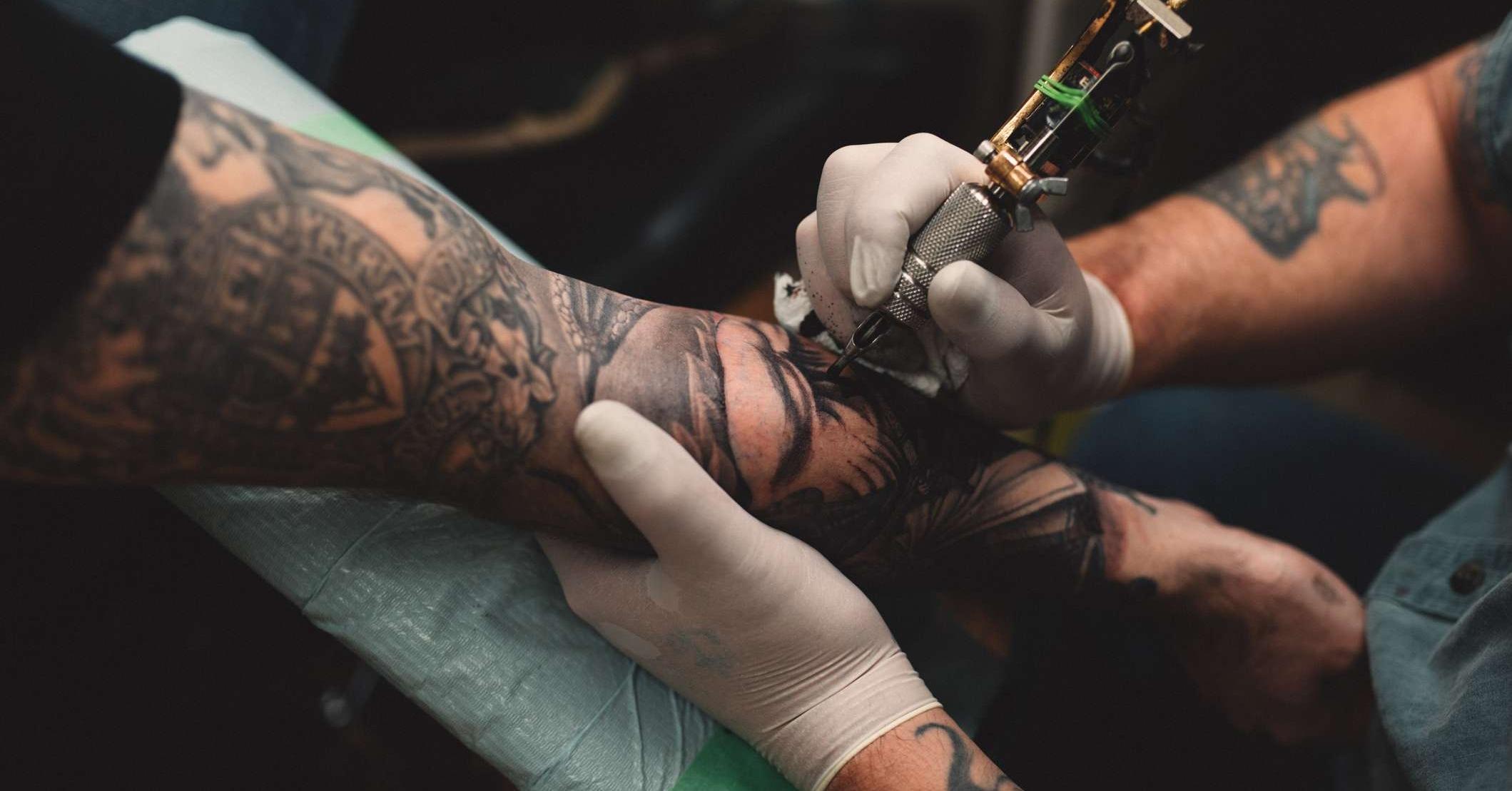Are you curious to know what is tattoo flu? You have come to the right place as I am going to tell you everything about tattoo flu in a very simple explanation. Without further discussion let’s begin to know what is tattoo flu?
Tattoos have been a form of self-expression and art for centuries, with millions of people around the world choosing to adorn their bodies with intricate and meaningful designs. While the artistry and symbolism behind tattoos are widely celebrated, there’s also a fair share of misinformation and misconceptions. One such myth is the notion of “Tattoo Flu.” In this blog, we’ll delve into the concept of Tattoo Flu, discuss its origins, and separate fact from fiction.
What Is Tattoo Flu?
The term “Tattoo Flu” is not a recognized medical condition. Instead, it’s a colloquial term that some people use to describe the symptoms they experience after getting a tattoo. These symptoms may include:
- Mild Fever: Some individuals report feeling a slight increase in body temperature after getting a tattoo.
- Fatigue: It’s not uncommon for people to feel more tired than usual following a tattoo session.
- General Malaise: A sense of overall discomfort, muscle aches, and mild nausea might be experienced.
- Swelling and Redness: Inflammation, redness, and swelling at the tattoo site are normal responses to the tattooing process.
It’s essential to note that these symptoms are typically mild and temporary. In most cases, they are not severe enough to warrant medical attention. Tattoo Flu should not be confused with serious complications or infections resulting from poor tattoo aftercare or unclean tattooing conditions.
Why Do People Experience Tattoo Flu?
The symptoms associated with “Tattoo Flu” are typically a result of the body’s natural response to the trauma of getting a tattoo. Here are some reasons why these symptoms might occur:
- Inflammation: Tattooing involves the insertion of ink into the skin’s dermal layer. This process can cause localized inflammation, which leads to redness and swelling around the tattoo.
- Stress: Getting a tattoo can be a stressful experience, especially for first-timers. Stress can lead to increased heart rate and, in some cases, mild fever-like symptoms.
- Healing Process: As the body heals the freshly tattooed area, you might experience fatigue and general malaise, similar to how you might feel when recovering from a minor injury.
Dispelling Myths: Tattoo Flu Vs. Infection
It’s crucial to distinguish between Tattoo Flu and a tattoo infection. Tattoo Flu, as mentioned earlier, is generally a temporary and mild set of symptoms associated with the healing process and emotional response to the tattoo experience. On the other hand, a tattoo infection is a serious medical issue that requires prompt attention.
Signs Of A Tattoo Infection May Include:
- Severe redness and swelling that worsens over time.
- Pus or discharge from the tattoo.
- Intense pain or discomfort around the tattooed area.
- Fever or chills.
If you suspect a tattoo infection, consult a medical professional immediately.
Visit Makemet to know more stuff like this.
Preventing And Managing Tattoo Flu
While Tattoo Flu is not a serious concern, there are ways to minimize the symptoms and ensure a smooth healing process:
- Follow Aftercare Instructions: Your tattoo artist will provide aftercare instructions. Follow these closely to prevent complications and reduce discomfort.
- Stay Hydrated: Drinking plenty of water can help with the fatigue and overall malaise often associated with getting a tattoo.
- Rest: Give your body time to recover and heal. Adequate rest can alleviate fatigue.
- Manage Stress: Prior to your tattoo appointment, try to manage your stress levels. Deep breathing exercises or meditation might help.
Conclusion
Tattoo Flu, although not a recognized medical condition, is a term used to describe the mild and temporary symptoms that some people experience after getting a tattoo. It is a part of the body’s natural response to the tattooing process and should not be confused with serious complications or infections. By understanding the difference and practicing good aftercare, you can enjoy your new tattoo without undue worry about Tattoo Flu.
FAQ
What Does Tattoo Flu Feel Like?
This “tattoo flu” is pretty common and should fade into memory in a few days (unlike your new tattoo). Your body’s immune system is making you feel wiped out while it attacks potential threats to your bod. Be on the lookout for a mild fever, chills, fatigue, and some tummy discomfort.
What Does It Mean When A Tattoo Has The Flu?
Signs your tattoo isn’t properly healing
Signs of improper healing include: Fever or chills. If you have flu symptoms like fever and chills , it’s possible that your tattoo has become infected, or that you’re allergic to the ink. Instead of going back to your tattoo artist, see your doctor right away. Redness.
How Do I Know If My Tattoo Is Making Me Sick?
If you begin to feel feverish and experience abnormal oozing or scabbing around the tattooed area, see a doctor. These are common signs of infection. You should also see a doctor if a rash or swelling lasts for more than a week.
Is Tattoo Fever A Real Thing?
Getting a tattoo can cause minor inflammation. However, depending on the circumstances, there may also be a risk of infection. Symptoms of a tattoo infection include a rash, fever, worsening swelling, and more.
I Have Covered All The Following Queries And Topics In The Above Article
What Is The Tattoo Flu
What Is A Tattoo Flu
What Is Tattoo Flu
How do you know if you have tattoo flu
